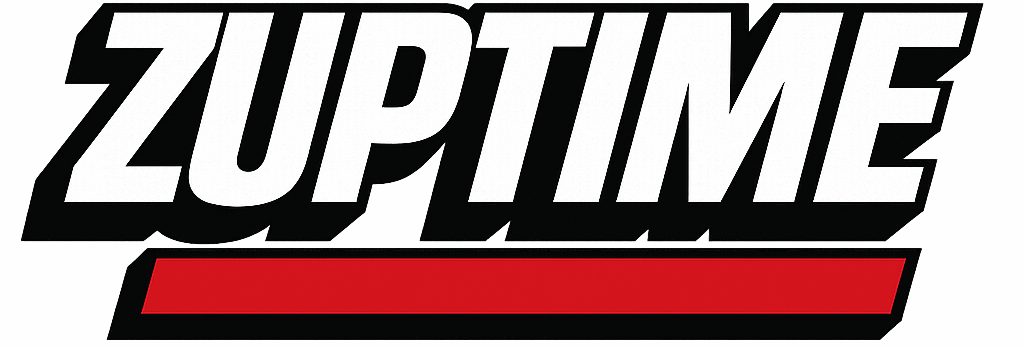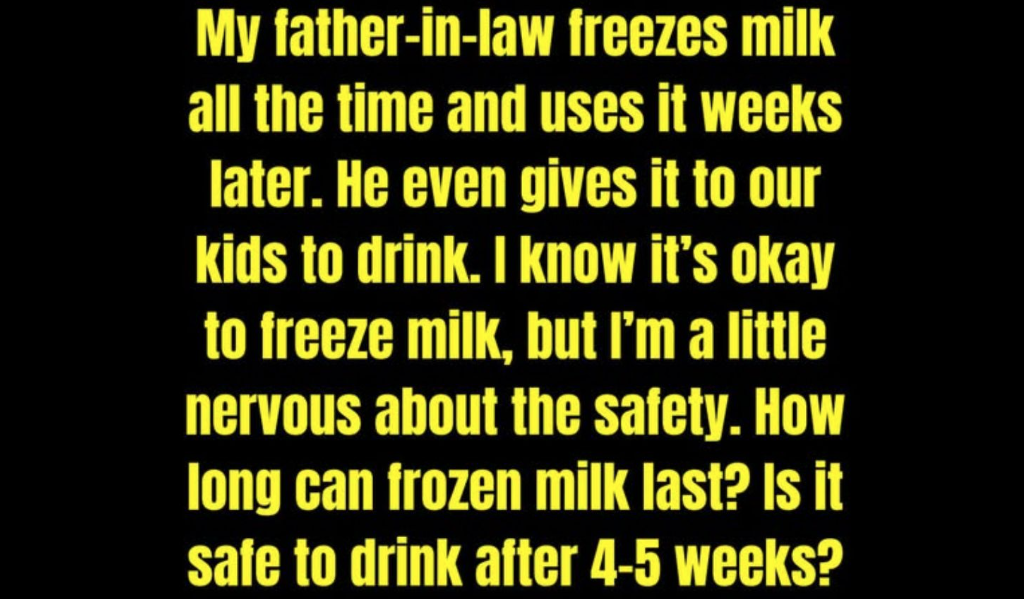In every household, there are time-honored culinary secrets handed down from one generation to the next. My father-in-law has a standout trick that always piques my curiosity: he freezes milk. Rather than letting it spoil in the refrigerator, he tucks it away in the freezer, only to retrieve it weeks later for coffee, cereal, or recipes as if it were fresh. Initially, I raised an eyebrow. Milk never struck me as a candidate for freezing. Yet, the more I explored, the more I discovered he’s part of a larger group. Many embrace freezing milk as a practical, budget-friendly way to reduce waste.
A lingering question often arises: Is milk that’s been frozen for 4–5 weeks still good to drink?
Let’s unpack the science, safety recommendations, and practical advice to ensure frozen milk remains a reliable choice.
Can Milk Be Frozen Without Losing Its Quality?
Absolutely, milk can be frozen effectively. Freezing doesn’t eliminate bacteria, but it halts their growth, making it a powerful tool for preservation. Once thawed, bacteria can resume multiplying, so the timing of freezing and thawing is critical.
The primary shift during freezing affects quality, not safety. The milk’s texture transforms due to ice crystals forming from the water content, which separates proteins and fats. When thawed, the milk might appear:
- Layered – with a watery top layer.
- Grainy – as fat particles clump together.
- Slightly yellowed – due to how freezing alters fat’s light reflection.
These changes are expected and don’t indicate spoilage. A vigorous shake typically blends everything back together. For drinking directly, some notice the texture shift more than others. But in coffee, tea, smoothies, oatmeal, or baked goods, the difference is often undetectable.
How Long Does Frozen Milk Stay Good?
Here’s what leading food safety experts recommend:
- USDA (United States Department of Agriculture): Milk remains safe in the freezer for up to 3 months.
- FDA (Food and Drug Administration): Suggests consuming frozen milk within 1 month for optimal flavor and texture.
- Dairy industry guidelines: Typically cite 1–3 months as safe, with quality potentially dipping after the first month.
So, what about milk frozen for 4–5 weeks? It falls comfortably within this range. From a safety perspective, it’s perfectly fine. From a quality angle, it may not be as smooth as milk frozen for only a week, but it remains perfectly usable.
Best Practices for Freezing Milk
To ensure frozen milk tastes great weeks later, technique is key. Follow these steps:
- Freeze it fresh – Don’t wait until the expiration date looms. Freezing pauses spoilage but doesn’t undo it.
- Seal it tightly – Store-bought cartons are typically well-sealed. If transferring to another container, choose an airtight option.
- Allow expansion room – Milk expands when frozen, so leave about 1 inch of headspace in bottles or jars to avoid cracks.
- Portion wisely – Freeze in smaller containers or ice cube trays to thaw only what you need.
- Label clearly – A quick note like “Milk – Frozen 9/1” avoids confusion later.
Thawing Milk the Safe Way
Thawing correctly is as vital as freezing properly. Here’s how:
- Preferred method: refrigerator thawing – Place frozen milk in the fridge for 24–48 hours to thaw gradually.
- Avoid countertop thawing – Leaving milk at room temperature risks entering the “danger zone” (40°F–140°F / 4°C–60°C), where bacteria thrive.
- Use promptly – Thawed milk should be consumed within 3–5 days and never refrozen.
- Shake thoroughly – Stir or shake to reintegrate separated fat and liquid.
Spotting Spoiled Thawed Milk
Even after freezing, check thawed milk before using it. Look for:
- Odor: A sour or off smell is a clear red flag.
- Appearance: Clumps, curdling, or a slimy texture signal spoilage.
- Flavor: If it tastes sour or odd, discard it.
Freezing delays spoilage, but thawed milk doesn’t last indefinitely.
Creative Uses for Frozen Milk
Even if thawed milk’s texture isn’t ideal for sipping straight, it shines in many dishes:
- Coffee or tea
- Pancakes, waffles, or muffins
- Soups or creamy sauces
- Smoothies
- Oatmeal or cereal
This versatility is why people like my father-in-law rely on frozen milk for weeks—it seamlessly blends into recipes where texture shifts go unnoticed.
Is Milk Frozen for 4–5 Weeks Safe to Use?
Yes, milk frozen for 4–5 weeks is typically safe to consume, as long as it was frozen fresh, stored at a consistent freezer temperature (0°F / -18°C or lower), and thawed correctly in the refrigerator. The main consideration is quality—some may notice slight changes in taste or texture.
For coffee, smoothies, or cooking, the difference is usually negligible. For drinking straight, it might not taste quite as fresh.
Your father-in-law’s milk-freezing habit is both safe and savvy, helping to minimize waste while stretching the grocery budget. Milk frozen for 4–5 weeks falls well within expert-recommended safety guidelines. With proper storage and thawing, you can confidently use it in drinks, dishes, or recipes.
The next time you spot a milk carton in the freezer, don’t be caught off guard—it’s not merely your father-in-law’s clever habit. It’s a practical kitchen strategy that delivers.




